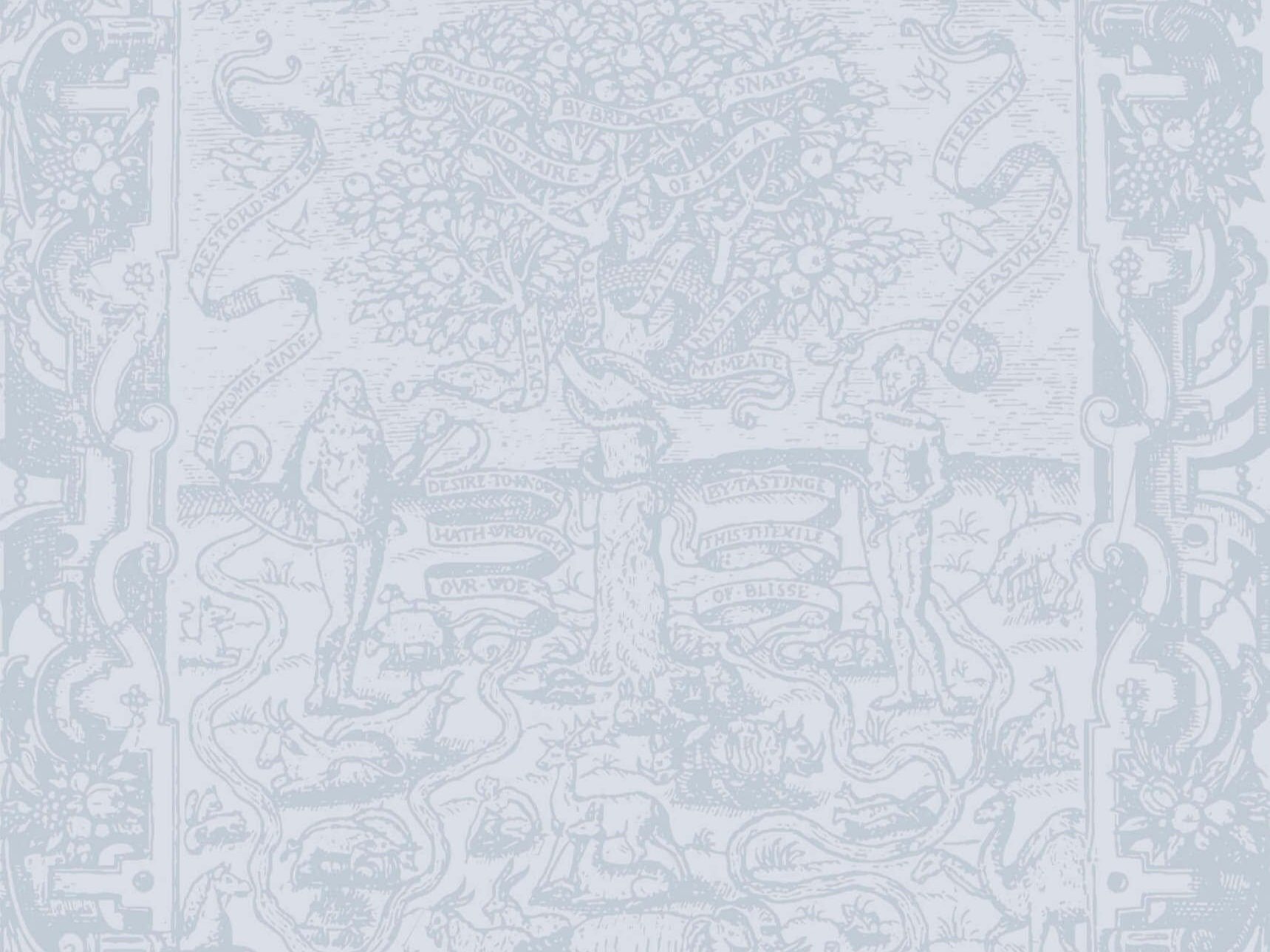
Family Bible: A Library Unto Itself
Other printers in England circumvented the monopoly on Bible printing by publishing Family Bibles. These Bibles include numerous illustrations, pictures, maps, and additional study aids. Presenting themselves as educational materials, they were designed as a family’s one stop-shop for Bible reading and Bible study. The first of these was printed by William Rayner in 1739. Many of these family Bibles were printed in England during the 18th and 19th centuries. Many began to include photographs of the Holy Land and dedicated pages for family records including marriages, births, and deaths.
Family Bibles in America
The practice of printing family Bibles carried forward into America as well. The family was considered a little church and the father was responsible for leading his family in Bible study and worship. Additional study aids were incorporated including an overview of denominations and notes to help explain the Scriptures. These Bibles had beautifully decorated covers, with gold gilt page edges, and metal closing clasps. Ornate family Bibles became so common that they could be purchased from a Sears catalog!
Both Protestant and Roman Catholic family Bibles contain ornate cover designs in gold gilt of various Bible scenes and characters.
A Library Unto Itself
Gustave Doré (1832-1883) produced hundreds of woodcuts illustrating numerous Bible scenes. His Biblical illustrations were first published in France in 1865 and became extremely popular in Europe and America. Cassell published a large folio Bible set with the complete series of 238 Gustave Dore illustrations.
By the 1880s the large family Bible had become a library unto itself – weighing up to 18 pounds! In addition to the Scriptural text, these Bibles contain numerous illustrations by the famous Gustave Doré—some of which are color—as well as detailed colorful maps. A chronological index, concise harmony of the gospels, and a Biblical Cyclopedia could be bound in as well.
Bible Salesmen
These family Bibles were available in Protestant and Roman Catholic versions. Bible salesmen were given the task of going door to door during the summer months to advertise and secure the sale of a family Bible that could be customized to meet the customer’s request.
Bible samplers contained various options of decorations, quality, covers, and spines. After the customer made their selections, the salesman would use the included price list to record the order in the back of the sampler.
By the late 1800s family Bibles contains colorful maps and illustrations, and became a one-stop-shop for family Bible study.



